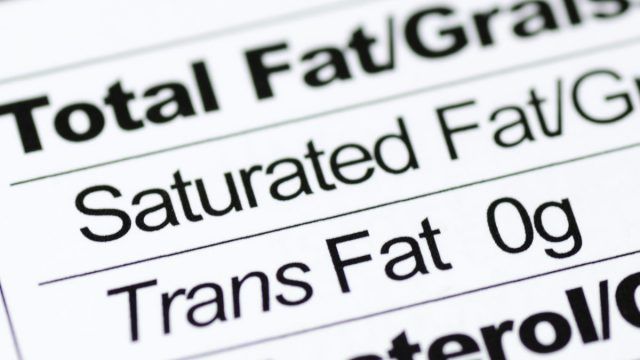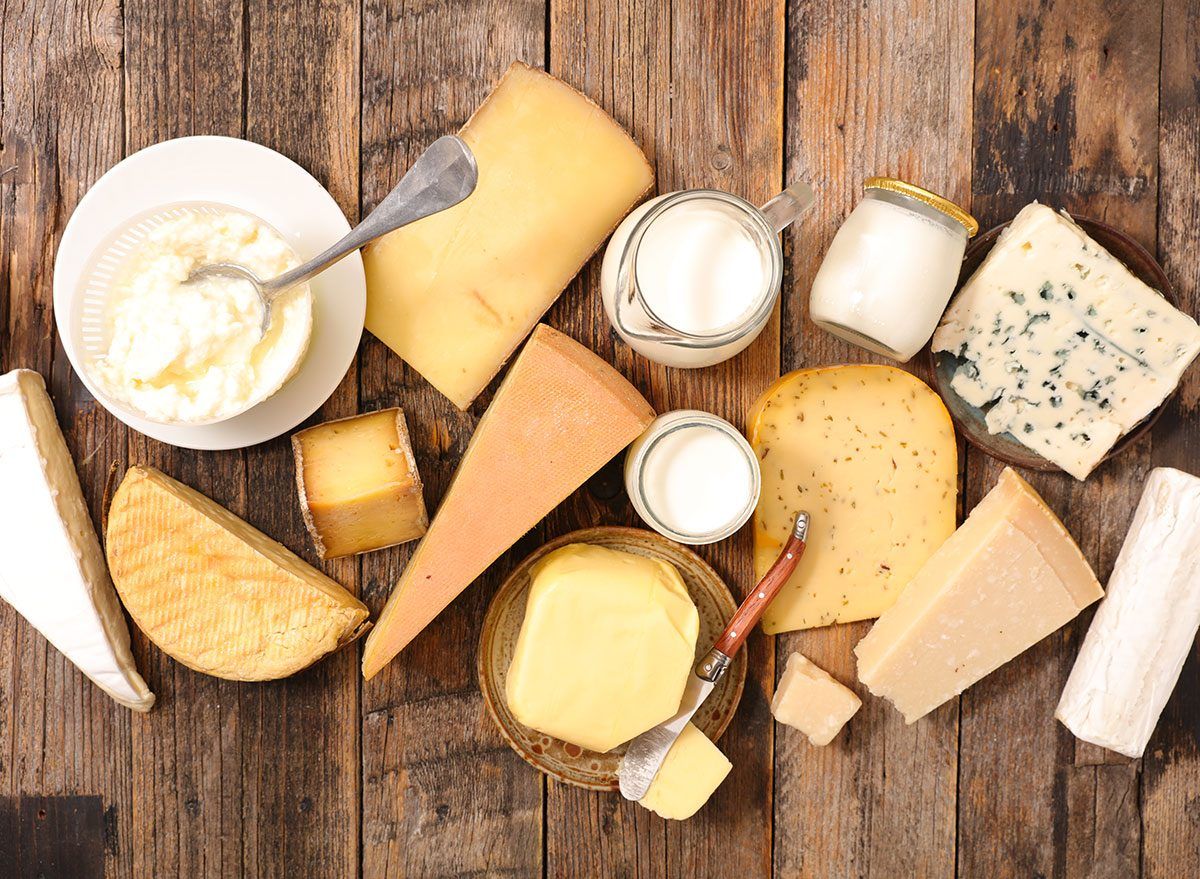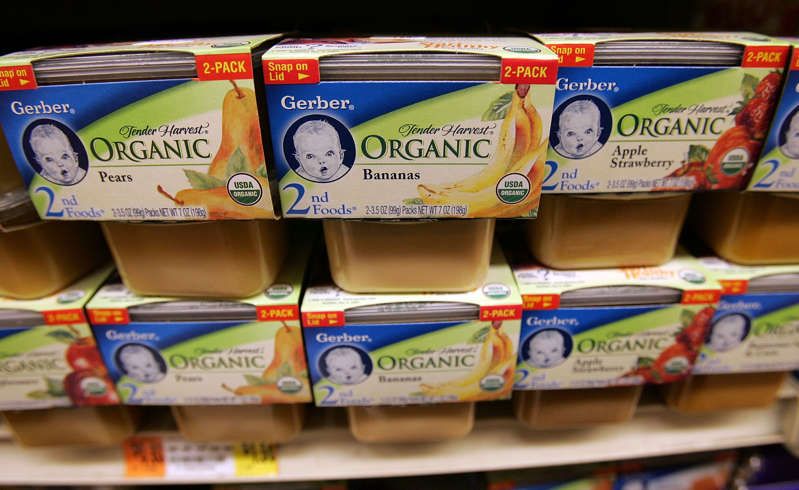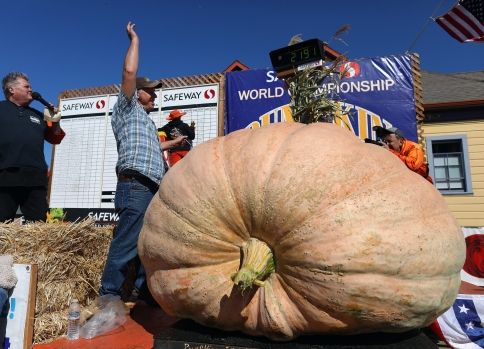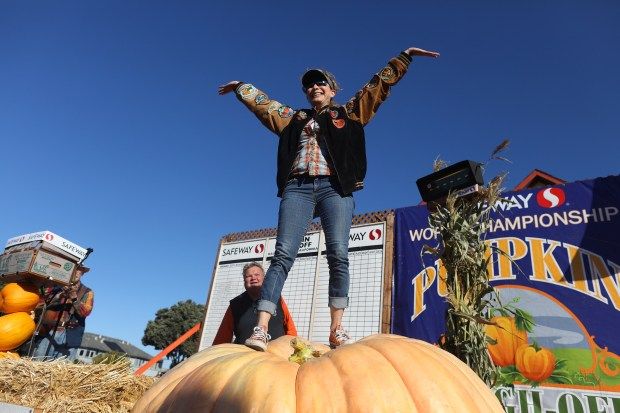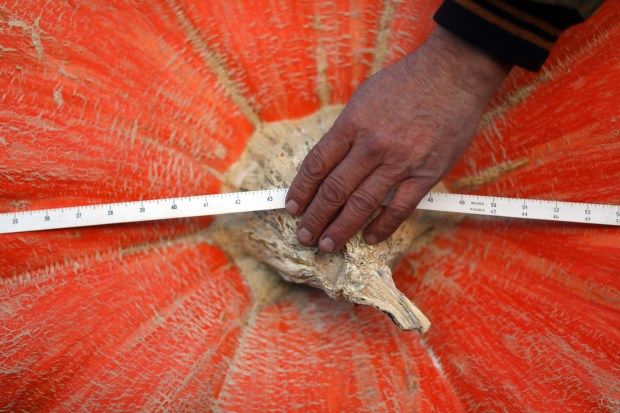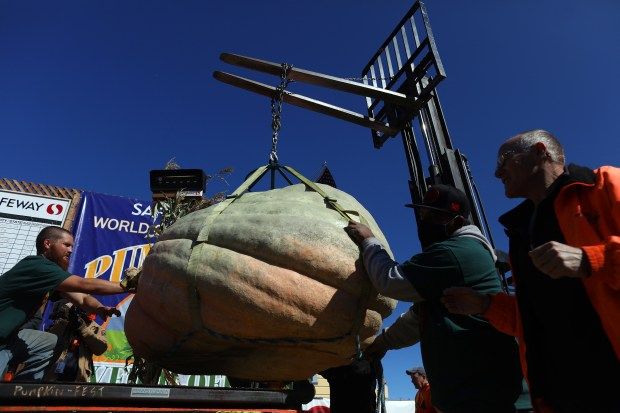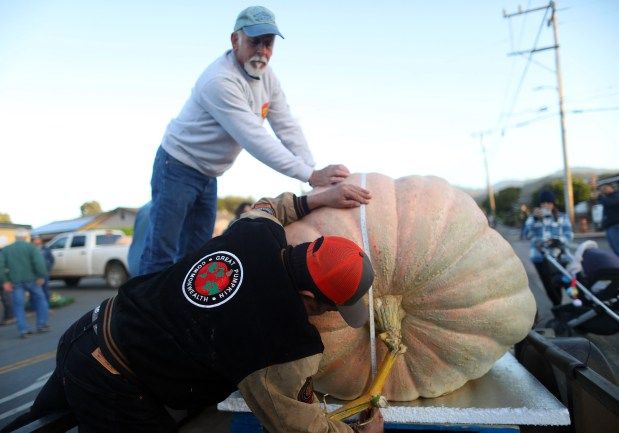bulllee
Well-Known Member
How corporations buy—and sell—food made with prison labor
by H. Claire Brown05.18.2021, 11:38am
Business
Share
Link Copied!
Save for later

Erre Gálvez
Sourced From Inside
Part 01
More in this series
It’s generally illegal to sell prison-made goods across state lines. But since the 1930s, the law has included an exemption for agriculture.
In 2011, Leprino Foods, the $3 billion company that supplies all the mozzarella to Papa John’s, Pizza Hut, and Domino’s pizza chains, lost its buffalo milk supplier in India.
Pictured above: Archival photographs from Angola Prison farm in Louisiana, inmates at the fish processing center at the East Canon City Prison Complex in Colorado.
Graphic by Erre Gálvez.
Water buffalo milk isn’t easy to find in the United States, especially not as much as a company as big as Denver-based Leprino could use. The animals are finicky, sometimes refusing to give milk at the sight of a stranger, and they produce only a fraction of the milk that cows make.
But Leprino was in luck: One of its existing suppliers, which soon became one of the largest buffalo dairies in the United States, agreed to step in, and the milk began to flow. Leprino trademarked the slogan “with a kiss of buffalo milk” for Bacio, its premium mozzarella line marketed to independent pizzerias. Yet something seemed amiss, according to pizza cheese enthusiasts who frequented online forums: Where was Bacio getting the buffalo milk, and how much was it actually using?
The answer to the first question, it turned out, may have been the Colorado prison system, where incarcerated people working for the state’s correctional industries earn an average of $4.50 per day. Leprino was the only buyer of Colorado Correctional Industries’ buffalo milk between 2017 and 2020, purchasing more than 600 tons at an average price of $1.19 per pound, according to public records obtained by The Counter. (The records did not include sales from previous years, and the company did not respond to interview requests.) An independent buffalo dairy told The Counter it had sold small quantities of the same product for more than double the price Leprino paid.
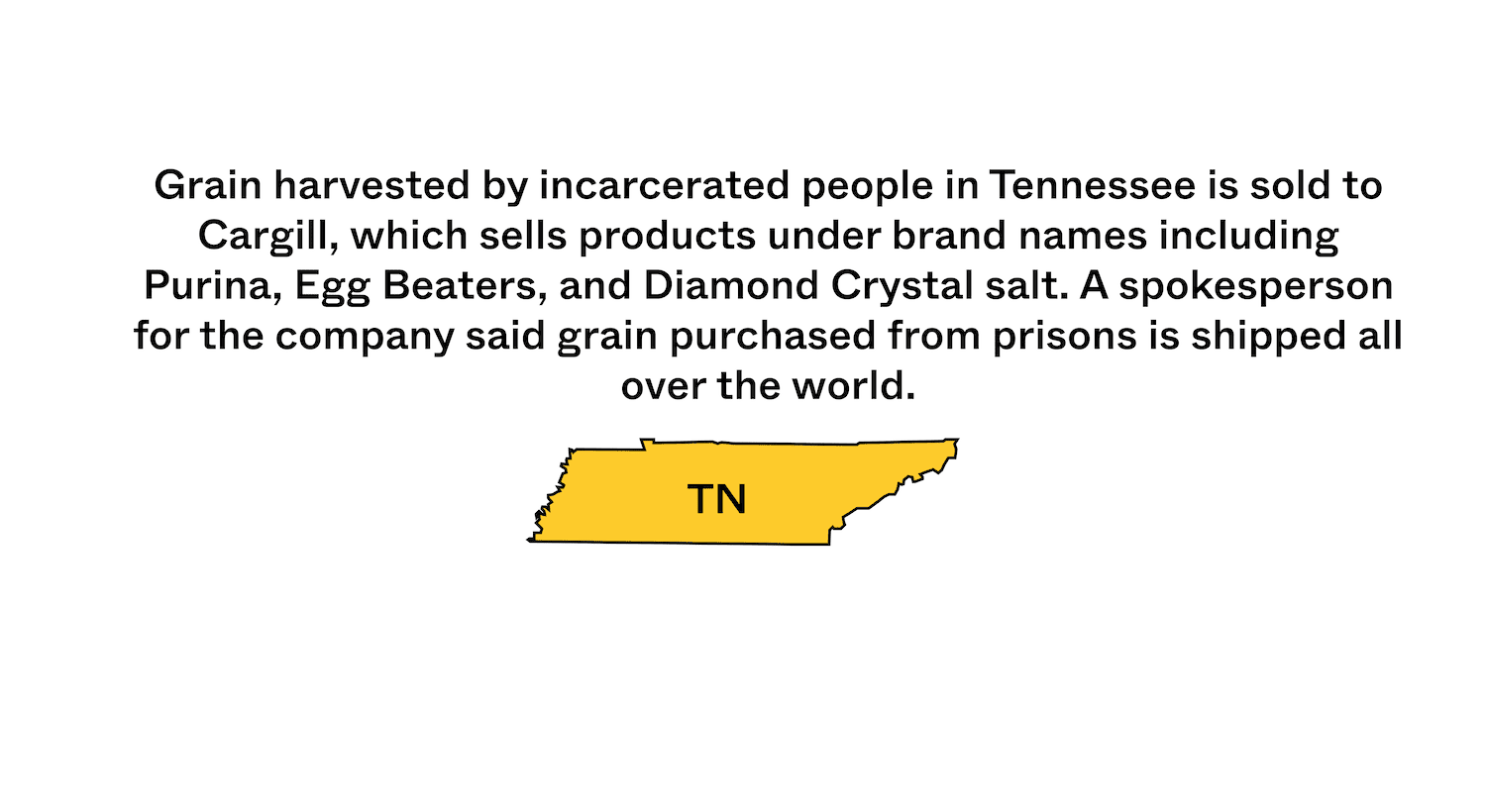
The Counter
Leprino was able to gain a competitive edge—access to an ingredient that’s difficult to source—by partnering with Colorado Correctional Industries (CCi). Had they known about the partnership, its customers (and their customers, the pizza-eating denizens of the United States) may have chosen to avoid the company’s cheese, whether out of a desire not to support the prison system or a belief that their food dollars should go toward companies whose workers earn living wages. But they probably never found out about the relationship: Prisons don’t generally publish the names of the companies that purchase the food they produce.
The Counter identified over $40 million in transactions between private food companies, prisons, and prison industries since 2017, including sales to major food industry players like Cargill and the Dairy Farmers of America. Across the country, at least 650 correctional institutions have some sort of food processing, landscaping, or farming operation, according to research by sociologist Joshua Sbicca and feminist geographer-political ecologist Carrie Chennault at Colorado State University.
[Subscribe to our 2x-weekly newsletter and never miss a story.]
In some states, food produced in prisons makes its way into restaurants and grocery stores through companies like Leprino, though in most places, food produced on prison grounds feeds the prison system and the public sector. Elsewhere, private food companies contract with state correctional industries to hire incarcerated workers, often for meager pay. In some ways, the small world of prison food production is a microcosm of the American food system, which has roots in slave labor and all too often functions as a race to the bottom: Fueled in part by cheap labor and low overhead, the drive toward production and profit leaves behind the people who plant the seeds and butcher the beef.
This article is the first of a three-part series on food production in the nation’s prisons and will focus on prison sales to private businesses. The next stories will focus on sales within the public sector and, then, working conditions and wages in prison jobs.
The Counter obtained records of food-related business relationships between prisons and private companies in Colorado, Louisiana, Ohio, South Carolina, and Wyoming, via public records requests. Our investigation reveals previously underreported ties between food companies and prison industries. For this story, we’ve relied on additional information from Florida, which supplies ground meat using prison labor; Arizona, which contracts with local farms and manufacturing plants to send incarcerated people to work offsite; and Tennessee, which sells grain to Cargill.
The notion of work as punishment has enabled prison administrators to compel incarcerated people to work on farms and in dairies for low or no pay and without basic labor protections, sometimes in service of secretive billionaires they’ll never meet. Not unlike undocumented immigrant farm workers who fear advocating for better pay and working conditions might lead to deportation, people who work in U.S. prisons have little power to make things better.
The buyers: A dairy conglomerate, gourmet steak producers, and a tropical-fish supplier. Plus, an extraordinary Covid workaround.
Leprino is far from the only food business that purchases ingredients from prisons. Dairy Farmers of America, the conglomerate that markets about 30 percent of the raw milk produced in the United States and manufactures brands including Borden, T.G. Lee, Plugrá, and Breakstone’s butter, purchased more than $10.5 million worth of milk from prisons in Colorado and South Carolina from 2017 to 2020. Until months ago, incarcerated people in Ohio carved beef for a company that sells its Wagyu steak at gourmet retailer Balducci’s, as well as for several local farms and ranches. People in Colorado prisons have grown grapes for an award-winning winery, while those imprisoned in Arizona have worked in food manufacturing facilities that supply pre-made salads for companies that serve major retailers such as Walmart, Kroger, and Ralph’s. And in Louisiana, prison-raised cattle are sold on the open market at auction.It’s generally illegal to sell prison-manufactured goods across state lines except through one small federal program. But that rule has long included an exception for agricultural goods. Today, the loophole has mushroomed into a multimillion-dollar industry, a quiet set of business relationships that slip prison-grown food products into restaurant menus and onto supermarket shelves undetected. Someone imprisoned in Arizona might work at a canning plant that produces taco sauce sold at Safeway and on Amazon, but the jar doesn’t come with a “packaged in prison” label or other disclosure.
In some cases, the trail goes cold long before it’s possible to link prison food buyers with the retailers and restaurants they later supply. A single distributor, Tropaquatics, Inc., buys virtually all the prison-farmed tilapia from both Colorado and Wyoming, totaling more than $650,000 in purchases over the last three years. Yet the company advertises itself primarily as a pet fish supplier, and owner Larry Heimlicher declined to disclose his retail customers, saying only that they included “ethnic supermarkets,” and that he is ending his relationship with CCi. The corporations that purchase food produced in prison may not even know where it winds up: “In terms of tracing that grain, crops from Tennessee are commingled with grain from other locations and loaded onto vessels at various export terminals to ship to locations all over the world,” a spokesperson for Cargill wrote in an email, adding that grains produced from Tennessee prisons make up a “very small amount” of the company’s total U.S. volume.
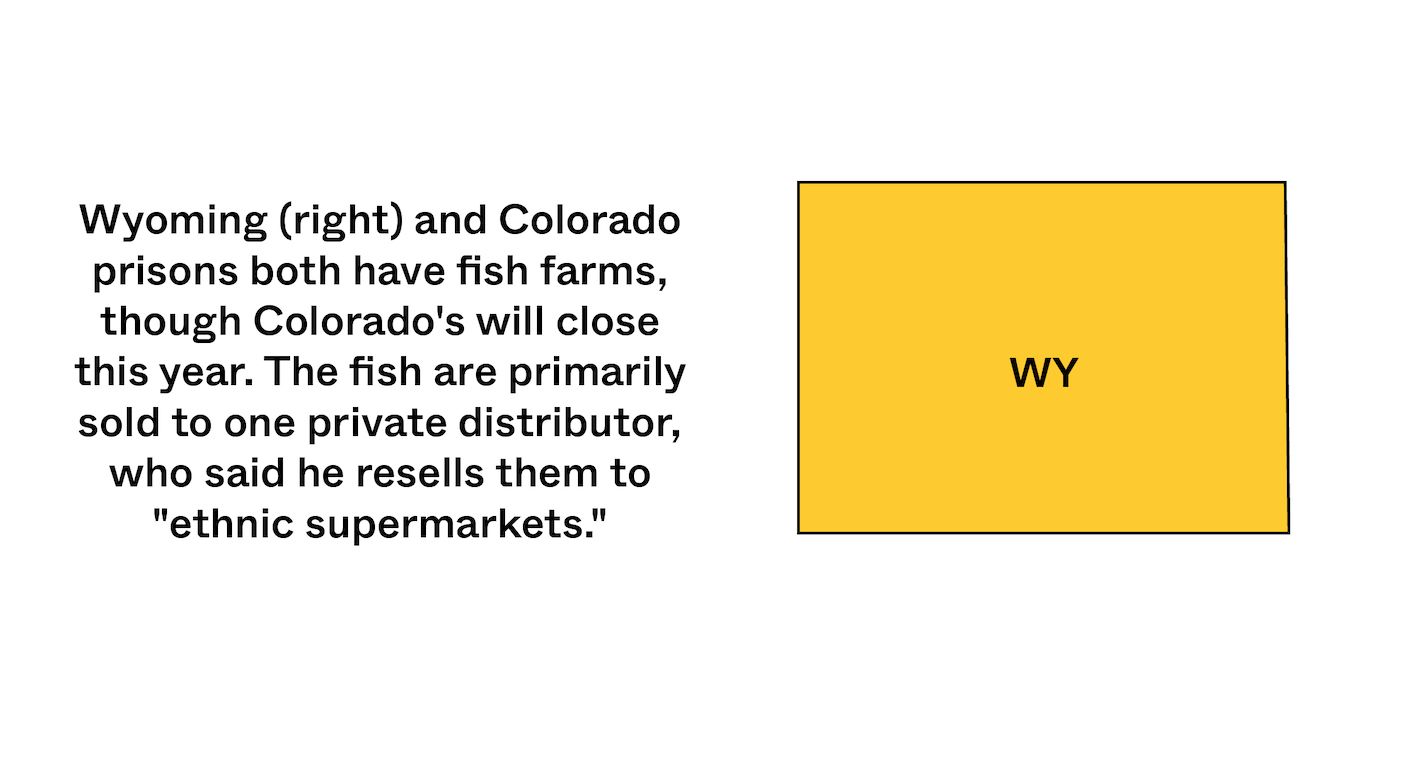
The Counter
Lucrative business relationships can set up incentive structures that encourage prison management to put clients’ needs above incarcerated people’s health. In March 2020, as the Arizona Department of Corrections, Rehabilitation and Reentry swiftly shut down its off-site labor partnerships to prevent the spread of Covid-19, its biggest customer, egg producer Hickman’s Family Farms (a relationship that brought in $7 million in fiscal year 2020), balked at the prospect of losing many of its workers. The company argued in a letter that it should be allowed to continue using such labor throughout the pandemic, claiming its egg processing operations counted as “critical operations.”
The Arizona Department of Corrections granted Hickman’s an extraordinary exception: It agreed to allow the egg company to continue to employ 140 incarcerated women throughout the public health emergency, going so far as to let Hickman’s house them onsite in a 6,000-foot warehouse. Arizona Correctional Industries even built and delivered bunk beds for the makeshift housing. By the summer, at least five residents had contracted Covid-19.
How is this legal? The logic and law of prison labor
Prison labor is far from the only category of coerced labor in the United States, sociologist Erin Hatton demonstrates in the book Coerced: Work Under Threat of Punishment. People who participate in welfare programs have to prove they’re working or looking for work in order to continue receiving aid. College athletes and graduate students fit into this category too, Hatton argues, because their employers wield so much power in determining their future success or failure.Prison industries often argue that the jobs they offer are rehabilitative—that they provide meaningful job training, give incarcerated people a sense of purpose, and prepare people for life after prison. But, Hatton argues in the paper Punishment and Society, prison labor is punishment first and foremost. The same is true for so-called “workfare,” or policies that require people who rely on the safety net to prove they spend many hours a week working or looking for work, she writes. While Hatton acknowledges that the work may offer some ancillary benefits, “their labor is legally, socially, and institutionally constructed as punitive.” She goes on to identify the most punitive aspect of these jobs: poor pay, lack of autonomy, and mistreatment at work.
“Like all Americans, prisoners are culturally expected to fulfill a moral obligation to work, the shirking of which—perceived or real—has long been used to justify exclusion from the rights of productive citizenship,” Hatton writes in Coerced.
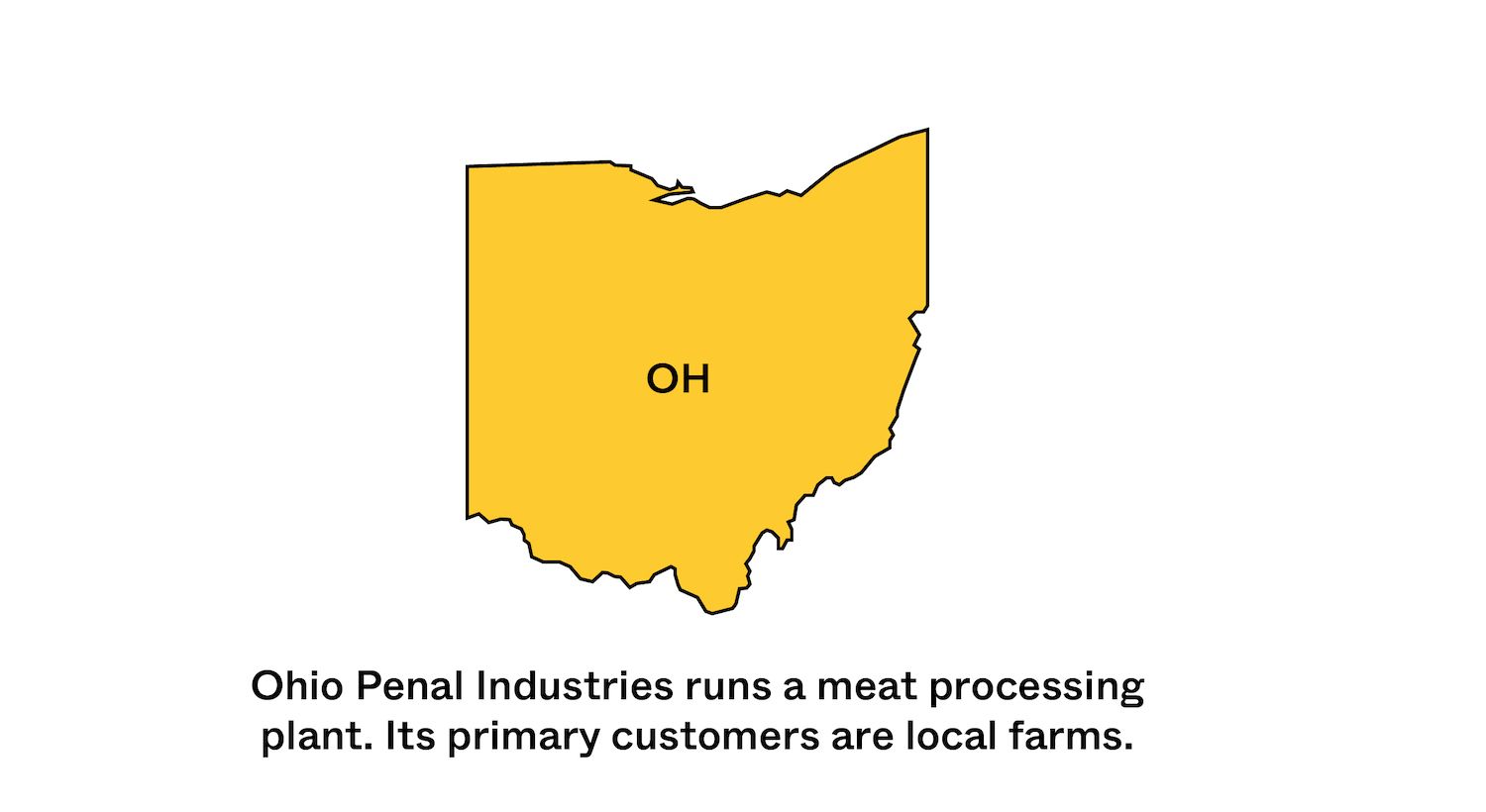
The Counter
When the 13th Amendment to the Constitution banned slavery in 1865, the text included a clause allowing “involuntary servitude” as “a punishment for crime whereof the party shall have been duly convicted.” “As the 13th Amendment passed, was anybody thinking of a burgeoning prison industry? No,” said Caroline M. Kisiel, historian and associate professor at DePaul University.
The punishment carveout facilitated a pernicious postwar labor dynamic. Southern states implemented Black Codes, discriminatory laws that often required Black citizens to work or show proof of work or be jailed. Those laws fueled the growth of the convict leasing system, which hired out people in prisons and jails to work on railroads, mines, plantations, and domestic service, often in dangerous conditions.
Unions allied against the practice of convict leasing. They argued that their members could not compete with low-cost prison labor. These dynamics became even more pronounced as the Great Depression put many out of work, said Stian Rice, visiting assistant research scientist at the University of Maryland-Baltimore County.
“The real conversation is between—to put it bluntly—prominent segments of white society arguing over what’s the best economic measure to take. The fact that [prison labor] was a brutal, extremely violent kind of arrangement … does not play into the conversation,” said Rice.
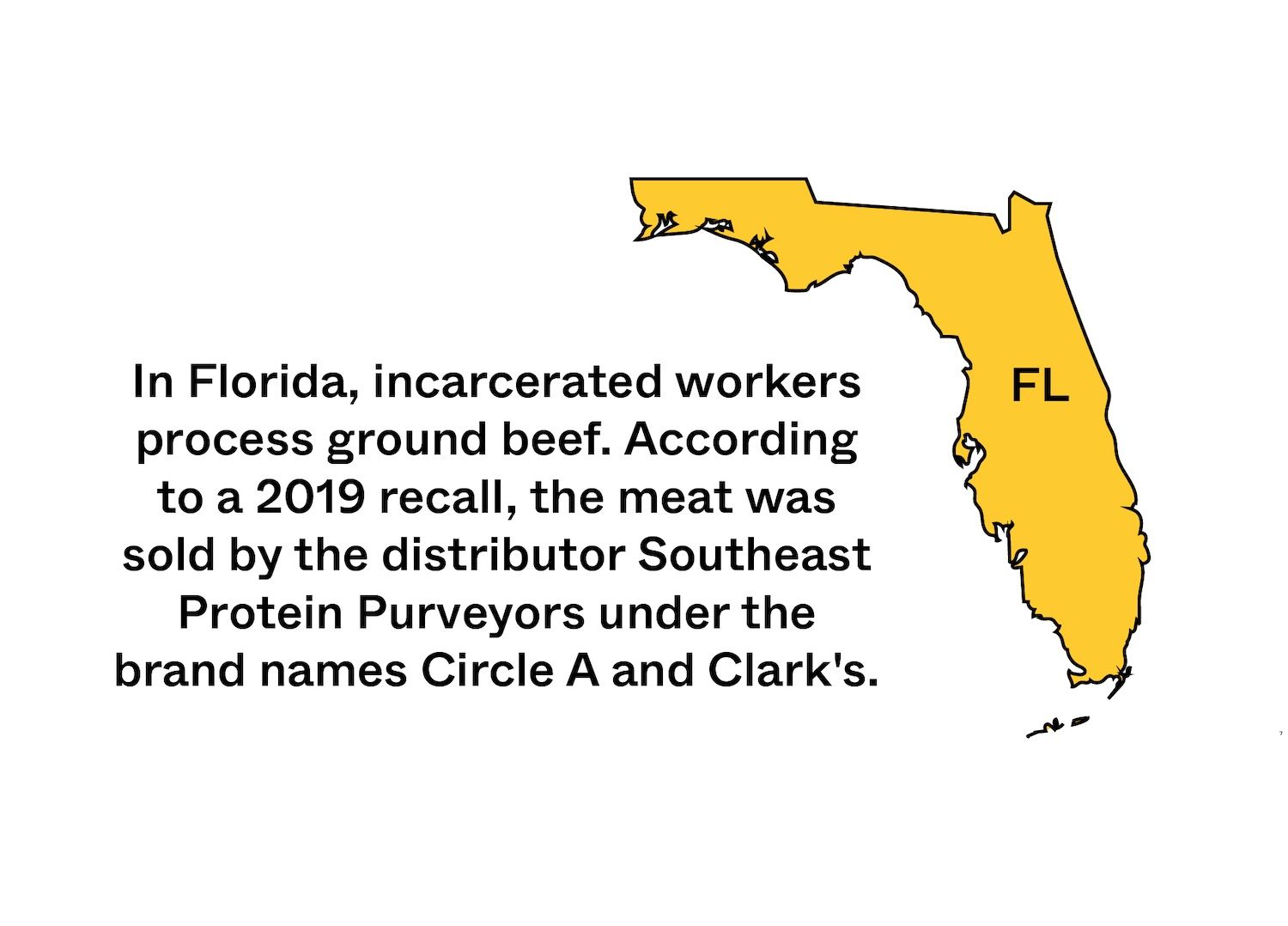
The Counter
Congress passed the Ashurst-Sumners Act in 1935, which prohibited the interstate sale of goods made using prison labor, but included an exception for agricultural products. Prisoners could still work on farms and manufacture goods; those goods just couldn’t be sold across state lines. (For a brief period of time in the 1930s, some prison-made goods were labeled as such.)
Legislators approved an additional workaround for the ban on the trade of manufactured goods when Congress authorized the development of the Prison Industry Enhancement Certification Program (PIECP) in 1979. PIECP is a relatively small program—it employed just under 5,400 incarcerated workers in the first quarter of 2020—that allows correctional industries to partner with private companies to employ incarcerated workers. It also requires that companies pay a prevailing wage, a rate based at or above minimum wage on expected compensation for similar nearby jobs. Yet workers who participate in PIECP do not take home their full wages: States are allowed to garnish up to 80 percent for room and board, taxes, and other expenses. Again, Rice said, the concern about wages was not so much about the rights of incarcerated workers—rather, lawmakers wanted to ensure prison labor did not undercut the free market.
The landscape changed again in the 2010s, as states began passing strict immigration laws that threatened to deter undocumented workers from seeking farm jobs. “There is this real rush to get prison labor out there in a way that isn’t illegal, even if it is, you know, vaguely similar to what was going on in the 1880s,” Rice said. Idaho soon passed its own version of PIECP, legislation that allowed farms to contract with state correctional industries to hire prison labor.“The real conversation is between—to put it bluntly—prominent segments of white society arguing over what’s the best economic measure to take. The fact that [prison labor] was a brutal, extremely violent kind of arrangement … does not play into the conversation.”
—Stian Rice, visiting assistant research scientist at the University of Maryland-Baltimore County
From prison to plate
If these forms of carceral agriculture in the United States are at least 150 years old, the secrecy with which products reach our plates is a bit newer. A few years ago, Colorado Correctional Industries did not hide the fact that its tilapia was sold at Whole Foods Market. Then, in 2015, organizer Michael Allen, founder of End Mass Incarceration Houston, led a protest accusing the company of exploitative practices, citing the low wages of people in prison in Colorado.At the time, Whole Foods said it liked the idea of supporting suppliers who “found a way to be a part of paid, rehabilitative work being done by inmates,” and that it believed the work would help people get back on their feet after prison. But it wanted to acknowledge its customers’ discomfort with Whole Foods sourcing products that were grown using incarcerated labor. The company announced its intention to stop selling foods made with prison labor. The change also impacted goat cheese maker Haystack Mountain Goat Dairy, which also sourced goat’s milk from Colorado Correctional Industries.
Chuck Hellmer, president and general manager of Haystack Mountain, said Whole Foods’ decision reduced the company’s sales numbers “tremendously.” He said CCi’s goat dairy has since shuttered, but he still stands by its programs. “I asked a lot of questions of CCi, and after the additional analysis and research that I did, I was even more strongly in favor of using CCi. … The program, I would say, is probably a model program for the rest of the country.” CCi did not respond to a list of questions by press time.
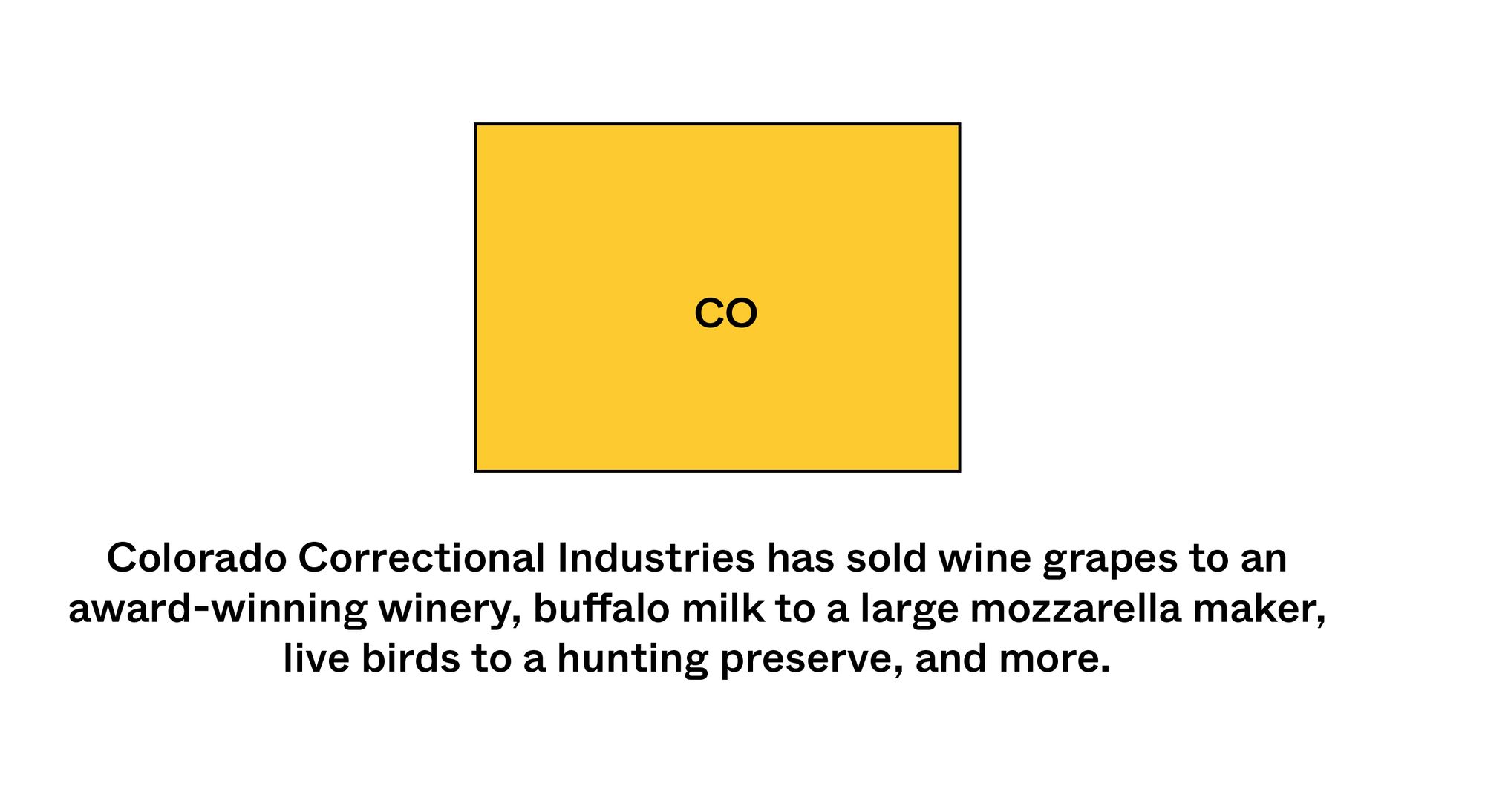
The Counter
The Whole Foods dustup may have changed one company’s purchasing policies, but it did not fundamentally lift wages for people who work in prison jobs, as Allen had intended. Instead, the distributors who buy CCi tilapia and trout simply stopped disclosing the names of their restaurant and retail clients. Tropaquatics, Inc., declined to provide details about its customers. A spokesperson for Frontier Trout Ranch, which has purchased at least $127,000 worth of tilapia and trout produced by CCi, also declined to be interviewed for this story, citing negative impact from past press coverage of the program. A spokesperson for Colorado Correctional Industries said in an email that it plans to wind down its tilapia operation by September.
It’s unclear how strictly Whole Foods continued to enforce the policy. Dawn Jump, founder of Jumping Good Goat Dairy, also sourced goat milk from CCi for a time, though she said she permanently switched suppliers in spring 2017. Whole Foods carried one of her cheeses off and on around that time, but she could not immediately say whether the company’s purchases overlapped with her sourcing from the prison dairy. “They didn’t tell us anything about that being against their rules. It was never brought up as a topic of conversation, and they did not encourage me to do anything different,” she said.
A spokesperson for Whole Foods said that the grocery chain does not sell products made with the use of prison labor, adding that its Supplier Code of Conduct was updated to prohibit the practice in April 2016.
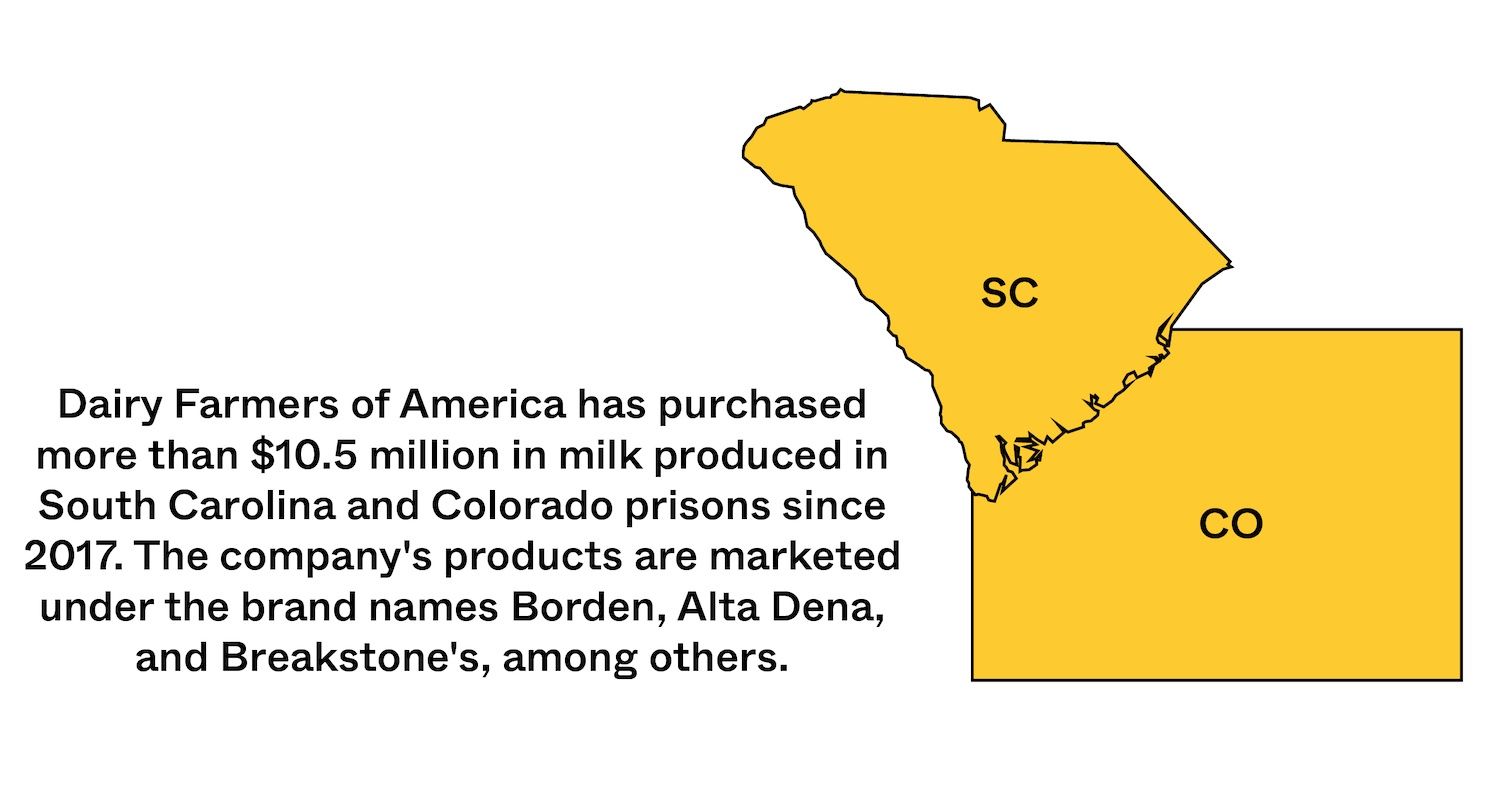
The Counter
Yet Whole Foods also sells products like Plugrá butter made by Dairy Farmers of America, which has recently purchased over $10 million in milk from prisons in two states. Dairy Farmers of America did not respond to queries about how it used milk purchased from South Carolina and Colorado corrections.
Even though Allen’s protest led to Whole Foods dropping CCi products, press coverage at the time was not all negative. An NPR reporter who visited CCi’s goat farm in 2017 called it “beautiful.” Currently and formerly incarcerated workers interviewed for the story said they liked working on the farm. With its small operations and focus on specialty products—wine grapes, buffalo milk, tilapia, goat milk—visitors to the farm may have had difficulty finding fault with CCi programs.
“Personally, I think there was kind of an intersection between this modern … romanticization of agriculture, where we’re watching documentaries about people leaving their lawyer jobs and opening up a farm someplace,” Rice said. “At the same time, you have this imagination of prisoners getting out of their cold, dark cells and into nature and doing work with their hands. And isn’t that lovely?” he added.
“It sort of puts a wet blanket on this idea that there is a whole lot of violence that’s going on.”
In a series of interviews and surveys by the nonprofit Impact Justice for a six-part report on food in prisons, formerly incarcerated people reported widely varied experiences working in food production. In some cases, people said they received helpful training, enjoyed the fresh air, and snacked on food they grew. In other places, they found the jobs extremely difficult and were not allowed to eat the food they produced. “I would also say that, if people aren’t being paid fair wages for their labor, that’s problematic in and of itself. But in terms of the actual experience, I think it probably varies from person to person,” said Leslie Soble, lead researcher on the study.“We can get rid of the milk from the prisons. But so what’s the outcome there? What’s the structural change that comes from not buying milk from the prisons? … What’s happening to that milk, what’s happening to the people that are there? Is it really disrupting the system?”
—James Kilgore, a formerly incarcerated activist and scholar at the University of Illinois at Urbana-Champaign
If Colorado’s “beautiful” prison farming operation lends itself to “back to the land” rehabilitative farming narratives, conditions at Louisiana State Penitentiary disrupt such daydreams. The facility is sited on a former plantation, where enslaved people harvested food. Today, nearly three-fourths of those housed at “Angola” are Black, and most are serving life sentences without the possibility of parole, ProPublica reported last year. Notorious for its history of violence and, more recently, inadequate medical care, Angola came under fire last year for “deadly neglect” and dysfunctional care during the Covid-19 pandemic.
Prisoners at Angola can be legally forced to work once cleared by a medical doctor, and most are required to perform field work, like harvesting soybeans and corn for at least 90 days upon arrival. For long hours in the hot sun, they earn as little as 4 cents per hour. People assigned to field work have complained of inadequate drinking water, which the state has disputed, and of armed guards patrolling the fields. In 2018, prisoners organized a work stoppage and published a list of demands, including “class rooms for our education and rehabilitation, not slavery.” Also, “[w]e are demanding that a national conversation inquiring how state prison farms across the country came to hold hundreds of thousands of people of African descent against their will,” organizers wrote.
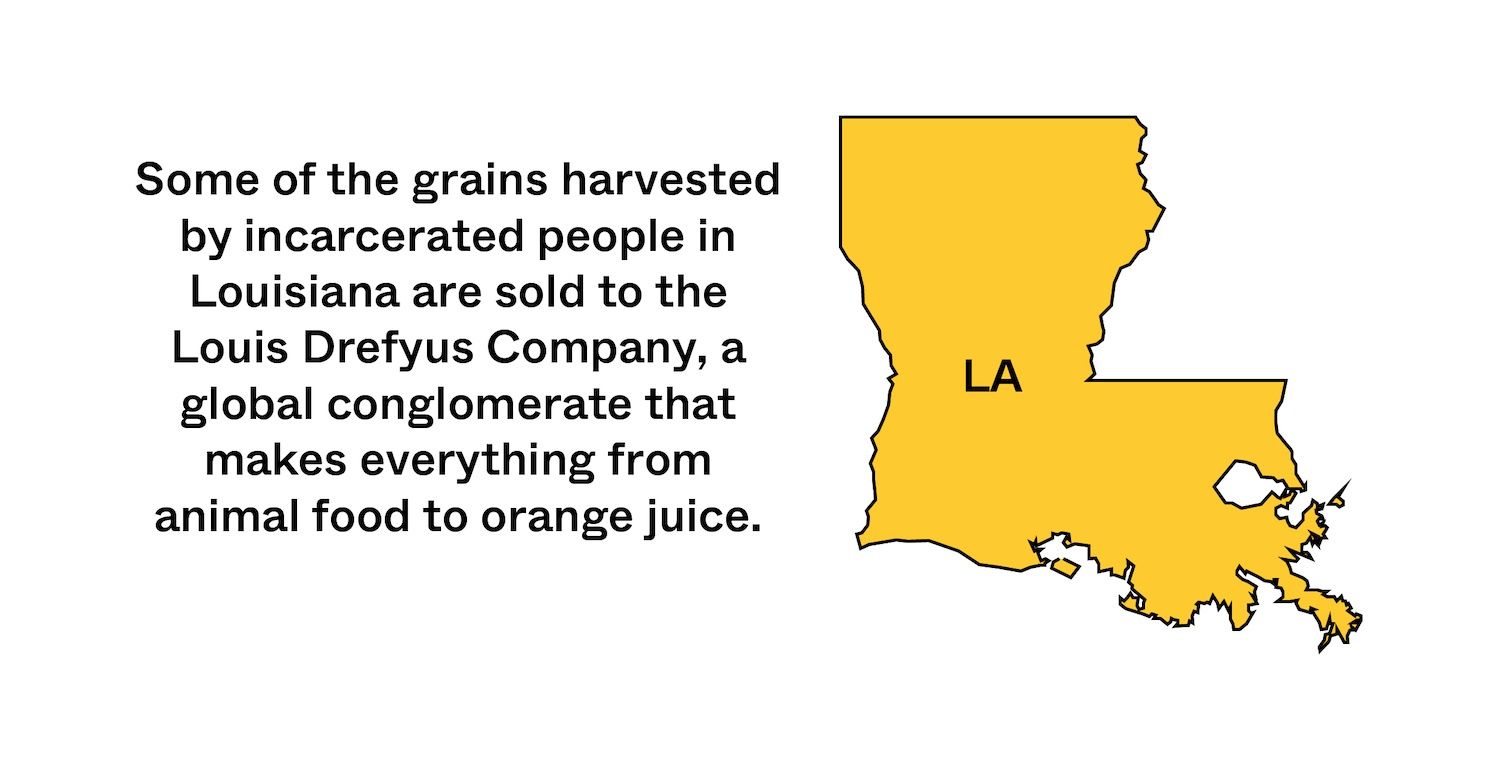
The Counter
Some of the crops produced at Angola are sold on the open market: Between 2017 and 2020, The Counter found that Louis Dreyfus Commodities, an affiliate of the massive Louis Dreyfus Company (which manufactures everything from pet food and biodiesel to orange juice concentrate), purchased $2.4 million worth of shelled corn and soybeans from Louisiana’s Prison Enterprises. According to the Prison Enterprises website, that product was “primarily” grown and harvested at Angola. Louis Dreyfus Company did not respond to questions about how it used corn and soy sourced from Louisiana State Penitentiary.
Prison Enterprises also sells livestock on the open market. The range herd is housed at five separate state correctional facilities, though Angola is the largest by far. Between 2017 and 2020, the state prison enterprises recorded at least $5 million in sales of calves, steers, and heifers through open auctions. It’s difficult to trace them any further: Auction companies handling business on behalf of Prison Enterprises did not respond to interview requests.
—
In recent years, student groups have organized campaigns to sever ties between state correctional industries, which build dorm furniture, and public universities. Allen’s protest against Whole Foods followed a similar trajectory: The loss of lucrative contracts, his logic went, might encourage prison operators to raise wages.
But the protest didn’t result in minimum wage policies for people in prison in Colorado, a broad shrinkage of the prison system, or even a shuttering of the tilapia operation he targeted. In general, boycotting food companies that purchase food from prisons may ultimately have little impact on the labor conditions on prison farms—much less any broader impact on the criminal justice system.
“We can get rid of the milk from the prisons. But so what’s the outcome there?” said James Kilgore, a formerly incarcerated activist and scholar at the University of Illinois at Urbana-Champaign. “What’s the structural change that comes from not buying milk from the prisons? … What’s happening to that milk, what’s happening to the people that are there? Is it really disrupting the system?”
“I don’t think you’re going to dismantle mass incarceration one prison product at a time.”
Correction 05/21/2021: A graphic in a previous version of this story inaccurately stated that Cargill owns the brands Egg Beaters and Purina. Cargill sells products under these brand names, but it does not own the brands. We regret the error.
